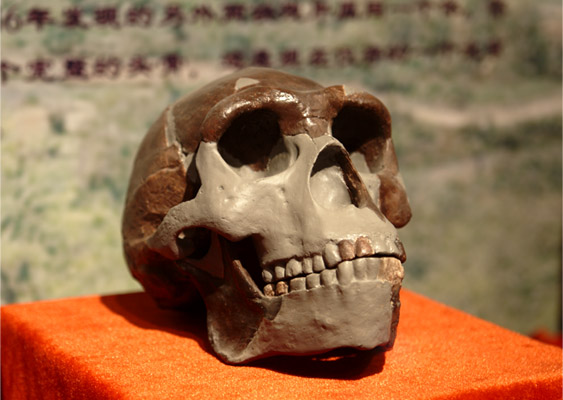The Peking Man site at Zhoukoudian and the fossil remains uncovered there continue to be a source of evolutionary fascination. The disappearance of these fossils en route from China to the American Museum of Natural History in 1941 has added to the mystery. While China’s contribution to our understanding of primate and human evolution has grown immeasurably since that time and is now far greater than Peking Man, the historical and scientific importance of the Zhoudoudian site, fossils and artifacts is extraordinary.
On May 1, an international group of scholars, including leading Chinese experts on Peking Man, will meet at Stony Brook University to consider the fossil and archeological evidence of human evolution in China, sharing new evidence of the early use of fire, habitual use of footwear and the manipulation of the environment in a variety of ways.
Led by paleoanthropologists Richard Leakey of Stony Brook University and Liu Wu of the Institute of Vertebrate Paleontology and Paleoanthropology, Chinese Academy of Sciences, distinguished members of the paleontological community from China, the world’s foremost experts on human biological and cultural evolution in China to meet and present their latest research on the continuing study of “Peking Man,” that first established early humans in Asia.
Sponsored by the Confucius Institute, the Office of the Vice President for Research and The Turkana Basin Institute at Stony Brook University, the two day symposium takes place Thursday and Friday, May 1 and May 2, at the Charles B. Wang Center at Stony Brook University, 100 Nicolls Road, Stony Brook, New York. It is free and open to the public. For more information, please call The Confucius Institute at Stony Brook University at 631.632.5477
This post was adapted from materials provided by the Stony Brook Newsroom.






